Gardening has always been a soothing and calm job, though it is not for everybody. Recently though, people have started taking more of an interest in gardening. They are willing to grow their own vegetables, flowers, and herbs. However, not everyone has the space to start a garden. Nonetheless, there is a simple solution for this!
You can have your own garden without the hassle of limited space through the concept of a container garden. To put it simply, container gardening is the process of growing plants in pots, tubs, planters, old boots, barrels, or anything where you can put some potting soil and a plant of your choice. It is not a traditional ground garden, but rather growing vegetables, herbs, and flowers in the space that you have available.
You can absolutely grow a container garden for yourself. You can grow vegetables like tomatoes, zucchini, beans, spinach, and squash. Additionally, there are many more flowers, herbs, and fruits too that can be grown in a container garden.
![How To Start A Container Garden [Beginner’s Guide]](https://wraxly.com/wp-content/uploads/2021/05/How-To-Start-A-Container-Garden-Beginners-Guide-1200-1024x576.webp)
Why Should I Start a Container Garden?
You should start a container garden because there are many advantages to it. Let us look at some of them.
- You do not need a large space for a container garden. You just need a small yard, a porch, or a balcony and you are all ready. Just put your containers up and start planting.
- You can control the soil you put in your mixture, growing different plants with different soil needs. Exotic plants can easily be grown with the right mix of soil in your container.
- Another great advantage of container gardens is that they are so easily movable. You can effectively remodel the landscape of your home whenever you want. Protection from the sun or cold is also easy when you can easily move them indoors or outdoors.
- Weeding is almost never required in a container garden. Great, isn’t it?
- Pests and diseases do not bother them.
- Lastly, the greatest advantage is having your vegetables or herbs right at your doorstep. Just pick them when they are ready and have your favorite meal!
Disadvantages of a Container Garden
Before starting a container garden, you must understand its disadvantages too.
- Plants grown in containers tend to dry out easily, so you will have to water them at regular intervals.
- You will also have to add fertilizers to the soil regularly. A fertilizer solution will work well in your container garden.
- If you want to grow large amounts of vegetables or herbs, then container gardening is not for you. You will only be able to harvest a small quantity at a time.
- You will also have to add fertilizers to the soil regularly. A fertilizer solution will work well in your container garden.
- If you want to grow large amounts of vegetables or herbs, then container gardening is not for you. You will only be able to harvest a small quantity at a time.
- Containers will limit the growth of your plant, confining the roots and stunting it.
- Container plants will not get the beneficial manure from earthworms and other creatures.
What are the Right Plants for a Container Garden?
When starting a container garden, choosing the right plant for your container garden is the key to your garden’s success. Not all plants are viable in containers. Listed below are some plants that are best suited for a container garden.
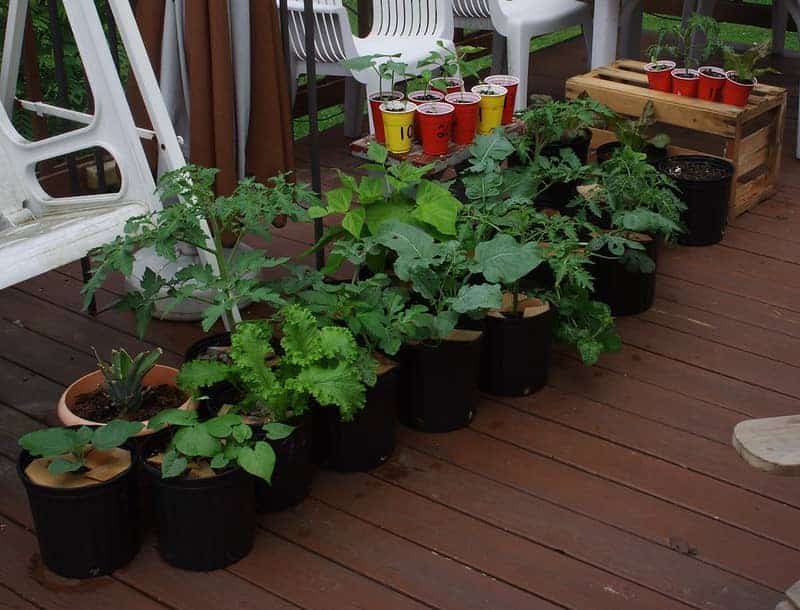
- Vegetables will be a great addition in your container garden. You can have fresh produce whenever you want. Think of salads and pizzas with your favorite homegrown veggies. Great, isn’t it? Some vegetables that do really well in container gardens are tomatoes, chives, squash, broccoli, carrots, chili peppers, cabbage, potatoes, radishes, bell peppers, watercress, lettuce, and eggplant.
- Herbs are another great addition to a container garden. The smell of fresh herbs is always refreshing and stimulating. Herbs are used to garnish or flavor foods, give off a comforting fragrance, and they are used as medicines too. Some herbs that you can plant in your container garden are rosemary, basil, sage, mint, thyme, parsley, lemon balm, and oregano.
- Fruits can be grown in a container garden too. You can plant apples, peaches, strawberries, plums, pears, blueberries, cherries, raspberries, figs, and gooseberries.
- You can add shrubs to your container garden, which will lend a beautiful color and texture to your garden. It does not matter if you have a small place. Shrubs will add an extra element to it. You can grow shrubs like boxwoods, hydrangea, roses, rhododendron, blue star juniper, and Japanese laurel.
- You can also think of adding a small tree to your container garden. However, remember that trees will need tree cultivators for planting in containers. Some trees like bay trees, olive, Japanese maple, and starry magnolia are great for planting in containers.
- Annuals are a great addition to container gardening. They will add color and charm to the whole place. Geraniums, petunias, verbena, marigold, and coleus are some annuals you can plant in your container garden. However, remember that annuals need to be planted every year.
- Perennials are another great thing. They will add fantastic color and vibrancy to your whole garden. They also do not need to be replaced every year. You can try perennials like lavender, chrysanthemums, primrose, foxglove, catmint, and coreopsis.
- If you do not want to spend too much money and time on your container garden, consider planting drought-resistant succulents. They look attractive and conserve water. Cacti, aloe, agave, and jade are some good options.
Picking the Right Container
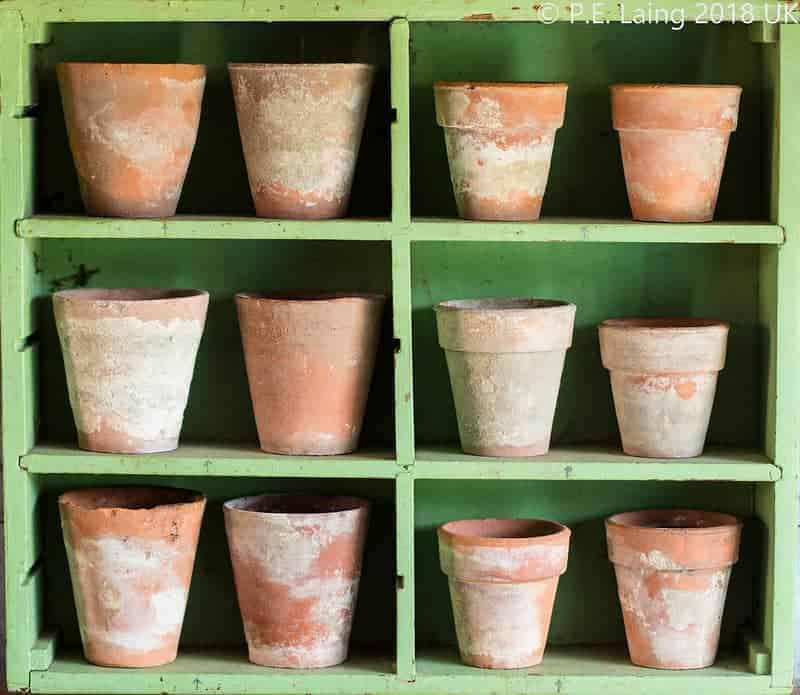
Picking the right type of container to start your garden and grow your plants is also of the utmost importance. There are several types of containers that can be used to grow your favorite plants. Given below are some things to keep in mind.
- The size of the plant decides the size of the container. Choose containers that can accommodate the roots of the plants you are growing, as every plant has different size and rooting depths. It is important to use containers that can accommodate the roots of the plants, as sizes and rooting depths will differ with each plant. Consider the diameter and depth of the container and then match the growing requirement of the plant.
- The drainage of the containers is also very important. Without good drainage, plants are easily susceptible to root rot. This will cause the plant to wilt. Check for drainage holes in your container when you go to buy one, or you can drill a few holes in it for proper drainage.
- Containers are made of varied types of materials too. You have plastic, wood, clay, metal, nonwoven fabric grow bags, and ceramic containers. If you are planting vegetables and herbs, make sure the container is made out of a food-safe material.
You may also like… Growing Plants in Glass Pots
Recommended Fabric Grow Bags
| Image | Title | Prime | Buy |
|---|---|---|---|
 Top
Top
Top
Top
Top
Top
Top
Top | Gardzen 10-Pack 5 Gallon Grow Bags, Aeration Fabric Pots with Handles | PrimeEligible | Check Price on Amazon |
Top | Wraxly Fabric Grow Bags - 7 Gallon Colorful Two-Tone Planter Pots. Best Gardening Gift for Plant Lovers! [5-Pack of Assorted Colors - Plus Black Bonus Bag!] | PrimeEligible | Check My Price on Amazon |
 Top
Top
Top
Top
Top
Top
Top
Top | VIVOSUN 10-Pack 15 Gallon Grow Bag, Reinforced Planter Fabric Pot for Gardening | PrimeEligible | Check Price on Amazon |
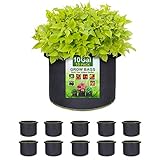 Top
Top
Top
Top
Top
Top
Top
Top | SunArea 10-Pack 10 Gallon Grow Bags, Thickened Nonwoven Aeration Fabric Pots with Reinforced Handles, Heavy Duty Plant Grow Bag for Gardening | PrimeEligible | Check Price on Amazon |
 Top
Top | VIVOSUN 5-Pack 20 Gallon Plant Grow Bags, Heavy Duty Thickened Nonwoven Fabric Pots with Handles | PrimeEligible | Check Price on Amazon |
 Top
Top | JERIA 12-Pack 5 Gallon, Vegetable/Flower/Plant Grow Bags, Aeration Fabric Pots with Handles (Black), Come with 12 Pcs Plant Labels | PrimeEligible | Check Price on Amazon |
How to Start a Container Garden by Yourself
You may be apprehensive at the thought of planting a container garden by yourself. Don’t worry. It is very easy. Just keep a few pointers in mind when you start planting.
- When you are starting out in your container garden, assess how much sunlight your garden is receiving. Every plant will require some sunlight daily. The specifications may vary, but every plant does need it no matter what. Therefore, measure the time the sunlight will grace your container garden and then choose the right plants according to it.
- Check the size of the containers too before you plant. Different plants will grow in different containers, according to their root growth. Make sure of the plant’s growth before choosing a container. If the plant has an extensive root system, opt for a large container. Nevertheless, if the root system of the plant is shallow, a small pot will suffice.
- You need to pay special attention to the soil you will be using for your container garden. Do not take soil from your yard or any other garden bed. It is better to use potting mix or potting soil for your container garden, as it provides the essential nutrients needed for your plant’s growth.
- Drainage is an essential factor to be kept in mind while planting your container garden. Look for draining holes at the bottom of the container; otherwise, the excess water will cause waterlogging.
You may also like: U.S. Gardening Statistics and Trends
How to Plant the Container
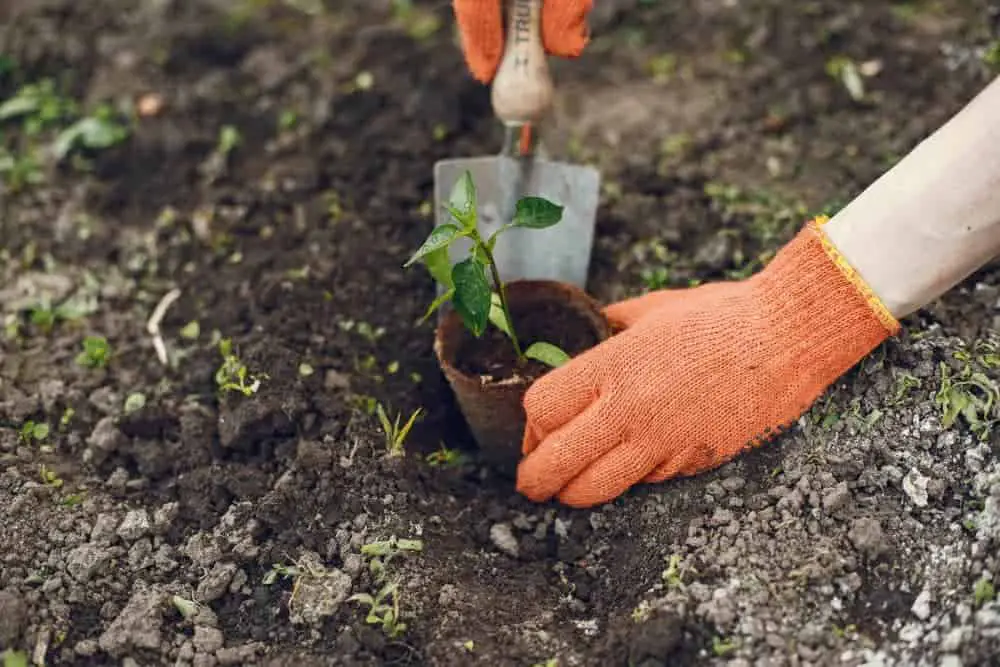
Now that you have arranged the container, soil, fertilizer and plants, it is finally time to plant.
- Cover the drainage holes in your container with a fabric or porous window screening to drain the water freely from the container. It will also keep the soil inside and insects outside the container.
- Fill the container with fertilizer and potting mix to within one or two inches of the top of the container. Mix it well.
- Take the potting soil and fill in around the plants. To remove any air pockets, make good contact between the roots and the soil.
- Then, water the plants gently and generously until the water starts flowing out of the bottom of the container. You may need to add more potting soil after the first watering.
- Groom your plants regularly, maybe twice a week. Cut out dead blossoms, straggly stems, or any dead plants. Check for fungi or pests. Remember to watch for any sign of deficiency in your container garden.
- Also, choose plants that can flourish in the climate you live in. The plants must be suitable to the weather and climate of your place; otherwise, they will not thrive.
- Your container garden is now all set. Take care of your plants and you will have gorgeous florae blooming soon.
Do not be afraid of container gardening just because it sounds different. Jump enthusiastically into it, as you would in any other form of work. It is absolutely the best way to start gardening. Growing your own vegetables and herbs will bring you satisfaction like no other. In addition, beautiful flowers and trees blooming in your garden will add color and spark to your home. After all, gardening is a skill that will reward you for the rest of your life.
For Further Reading
- Container Gardening Solutions for Disabled Gardeners!
- Container Garden Ideas for Busy Lives
- Container Gardening Tips and Tricks

Darrell has a passion for gardening that he inherited from his father. Go here to read more about the influence his father played in his love for gardening. If you want to send Darrell a quick message, then visit his contact page here.
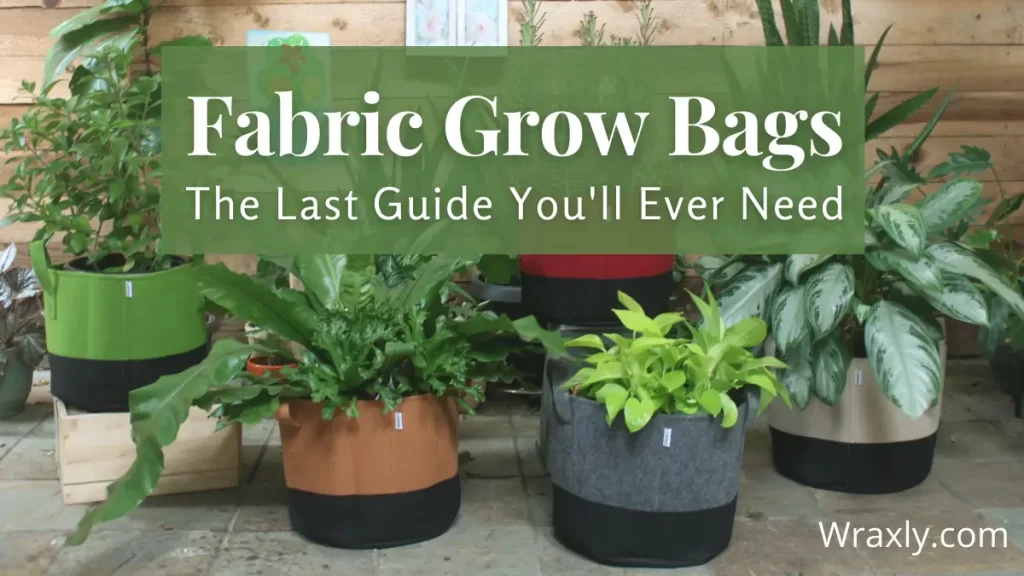
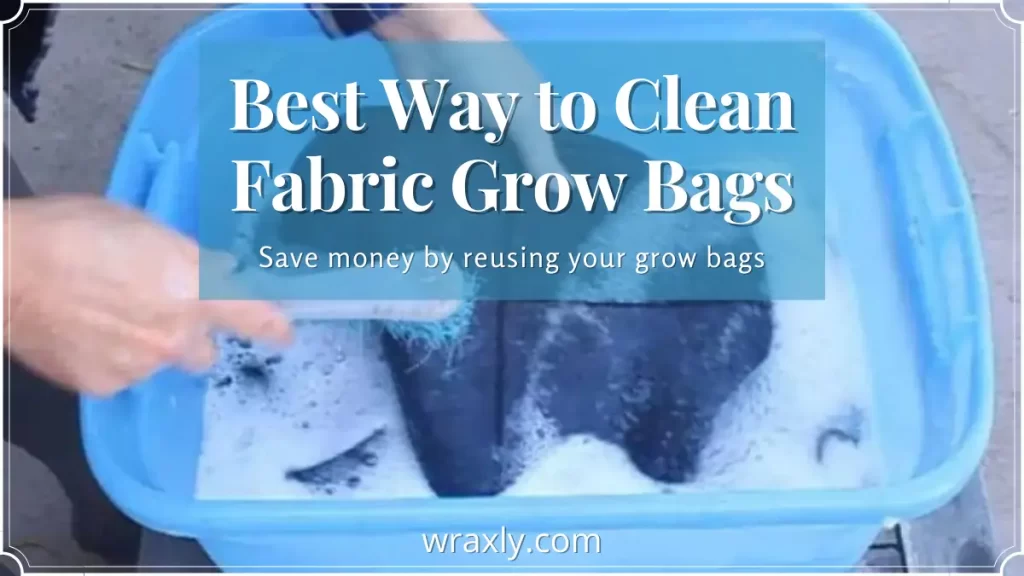
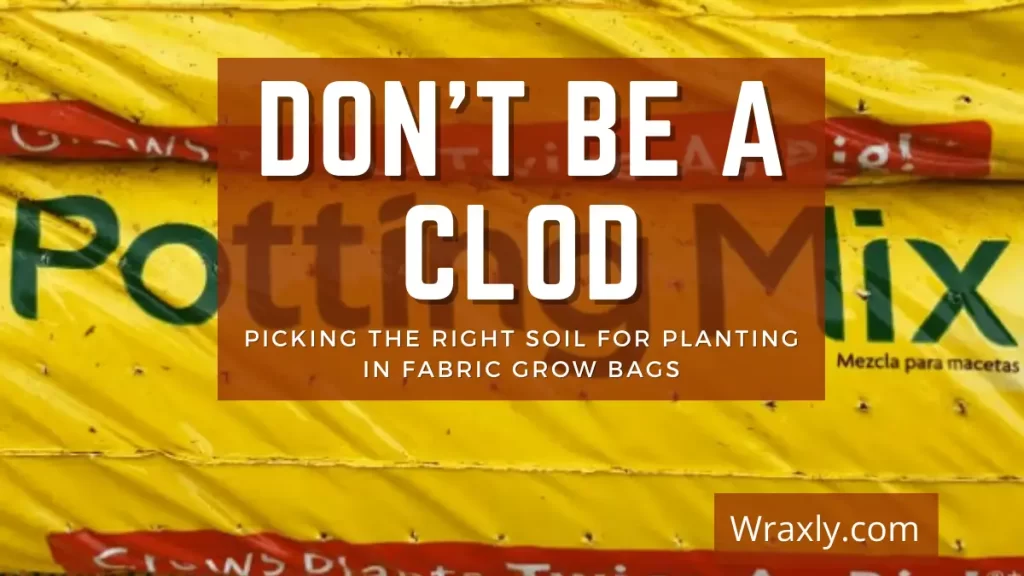
![Container gardening for beginners [Buying guide]](https://wraxly.com/wp-content/uploads/2021/02/Container-gardening-for-beginners-Buying-guide-1200-1024x576.webp)
